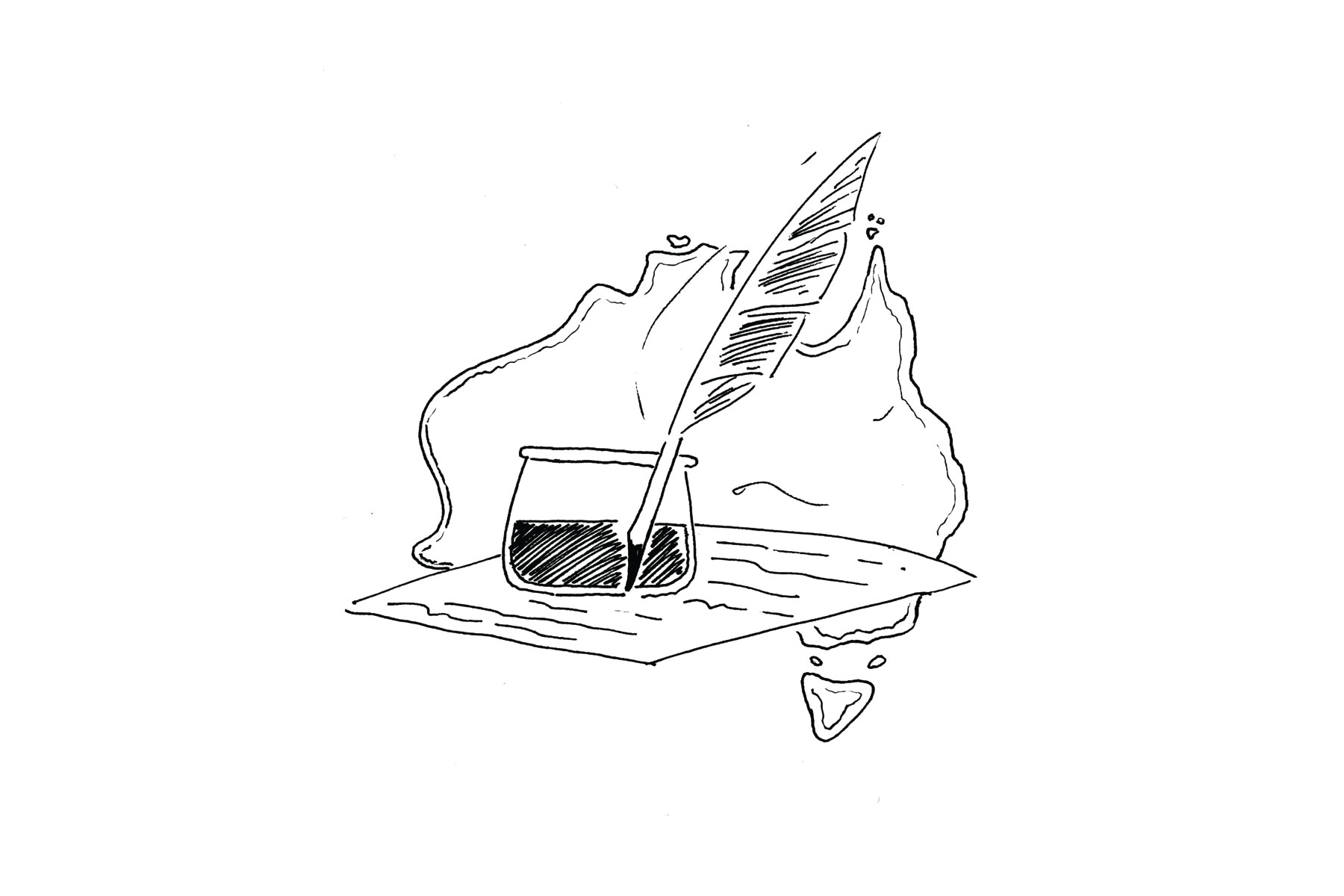When Albanese’s cabinet announced its culture policy ‘Revive’, last year, it joined a long list of Labor governments to turn to the arts for an easy political victory. Whitlam founded the Australian Council of the Arts, while Keating pushed the ‘creative nation’ in 1994. Albanese’s $286 million capital injection over four years comes at a time where the domestic arts industry is under more pressure than ever.
This policy represents a sizable shift from a past emphasis on funding areas of the arts that experience market failure to a system designed to make proactive investment in commercially viable projects and align the arts with other government initiatives.
Dr Scott East, Professor of Cultural Studies at UNSW and part of a group of academics involved in the design of the policy, pointed out that “broader federal government visions such as the Uluru Statement from the Heart and tackling sexual misconduct have been folded into this cultural policy, which is an interesting approach in itself.”
Culturally, Australia punches way above its weight. Only the size of many major world cities, Australian actors have taken home 55 Academy Awards, while Australian musicians are some of the most streamed in the world. However, that soft power is slipping. Emerging economies in Asia taking up more global cultural capital, combined with a decline in government arts funding domestically, mean Australia has slipped from a top 10 ranking in the Global Soft Power Index to number 13 last year.
Soft Power is not just a point of pride for Australia; it is one of the nation’s greatest economic assets. The arts and entertainment industry is worth $17 billion and employs over 400,000 people. Behind commodities like iron ore and natural gas, education, which depends on soft power, is Australia’s fourth largest export.
Strangely, that importance does not extend to our historic treatment of creative professionals. They are expected to work for low salaries and in insecure conditions because their jobs are seen as passions rather than genuine employment. There is also an increasing exception in the general public that music, movies and books should be free. Streaming services like Spotify and YouTube have an artists’ race to the bottom for small cuts of ad revenue. That is all before the threat of digital technology further puts pressure on artists to stand out and retain ownership of their own creativity.
This disconnection between what the arts provide for Australia and how we repay them was displayed during the pandemic, where almost overnight the industry shut down. The Coalition’s response was catastrophic.
Only 47% of businesses in the entertainment industry remained partially open during the lockdown, compared with 96% of financial services. Rather than providing income support, the government denied the arts sector Jobseeker. This was despite the MEAA making multiple submissions to Parliament explaining why those in the arts industry would need special exceptions to receive funds because most are employed in an unconventional manner. Further, non-profit organisations, who make up a large proportion of entertainment, had to show more losses to be eligible for government benefits.
Beyond the pandemic, $200 million of federal funding was cut from the arts during the Coalition’s time in office, not including the infamous cuts to the separately funded ABC and SBS.
At least in principle, Labor seems committed to shifting the narrative towards recognising the material worth the arts provide Australia. When the policy was first announced, Arts Minister Tony Burke said, “our artists are creators and workers. This sector is essential for our culture and for our economy.”
The emphasis on new bodies in the policy has become more of a marketing push than a substantive change. The creation of Music Australia and Writers Australia, two new sub bodies under Creative Australia, to distribute grants are not substantially different from the bodies that oversaw project funding in the now defunct Australian Council of the Arts.
More substantial changes exist at points where the creative policy aligns with political reform. The new Centre for Arts and Entertainment Workplaces creates new oversight to police industry wages while also being responsible for providing new regulation covering workplace harassment and discrimination. Any glance at the entertainment news cycle would highlight the necessity of specific oversight.
The government’s promises to align the arts with truth telling and a genuine voice for First Nations Australians are not entirely empty either. New laws targeting the epidemic of fake Indigenous art and affirming Indigenous intellectual property will be passed this year. While the funding of First Nations art galleries will likely benefit the wealthiest artists most, millions are being spent on language partnerships and expanded long term loan programs so regional communities have more ability to access visual art in the first place.
The majority of the $286 million is yet to be spent or allocated to specific projects—the policy has a long way to go. However, reforms that recognise the political potential in the arts, albeit not always a radical one, will better entrench arts funding and the role of creative professionals in the economy. Further, a more consistent, public acknowledgment of the arts industry’s economic worth will hopefully insulate them from the neglect and abuse of future pandemics and economic turndowns.





